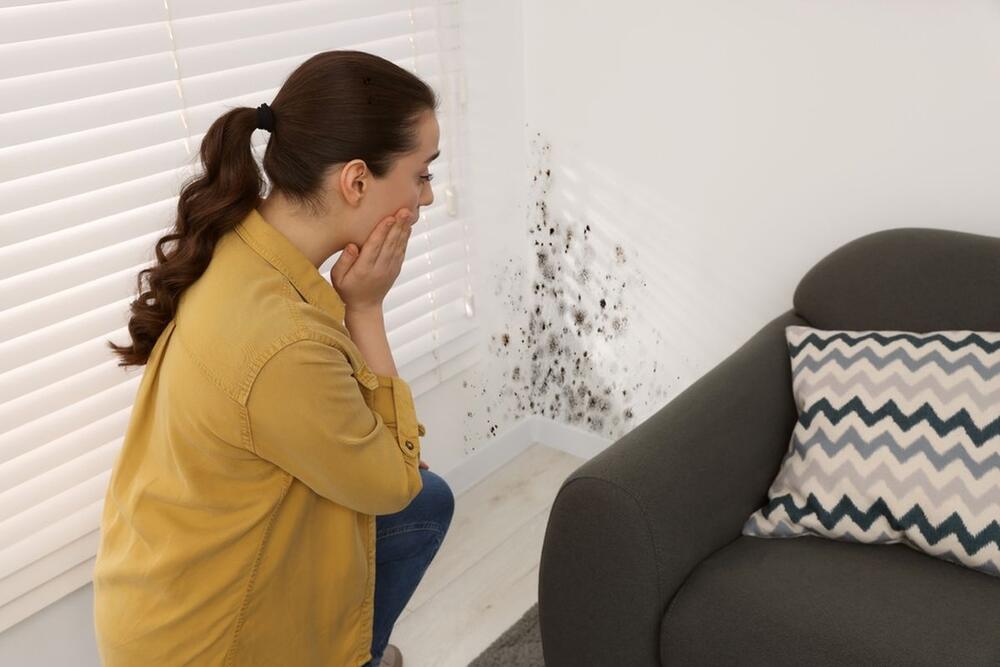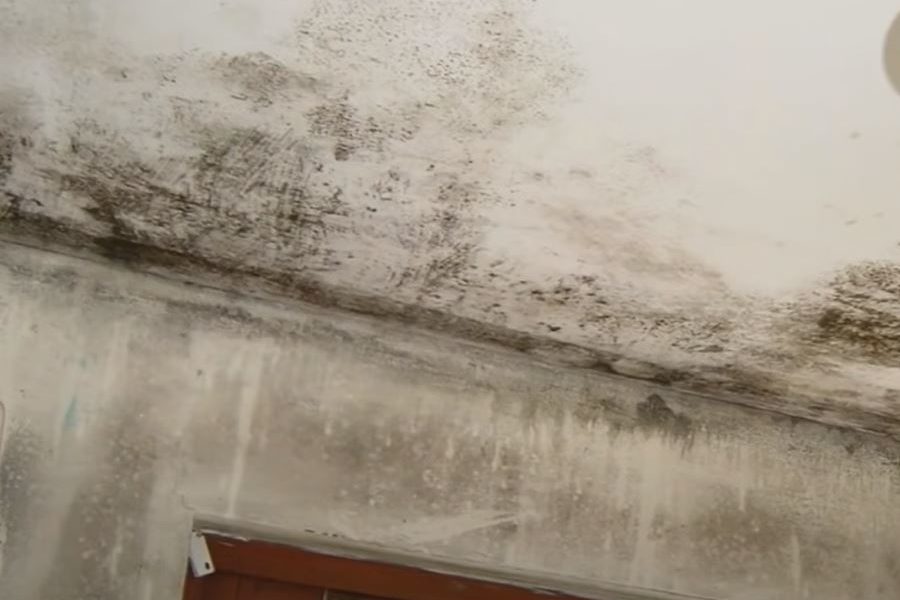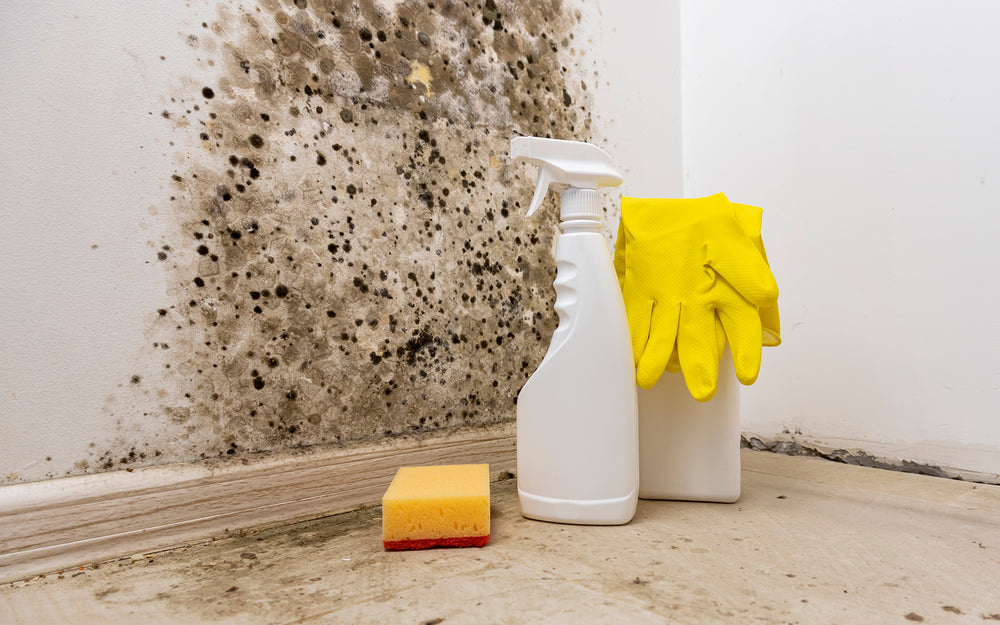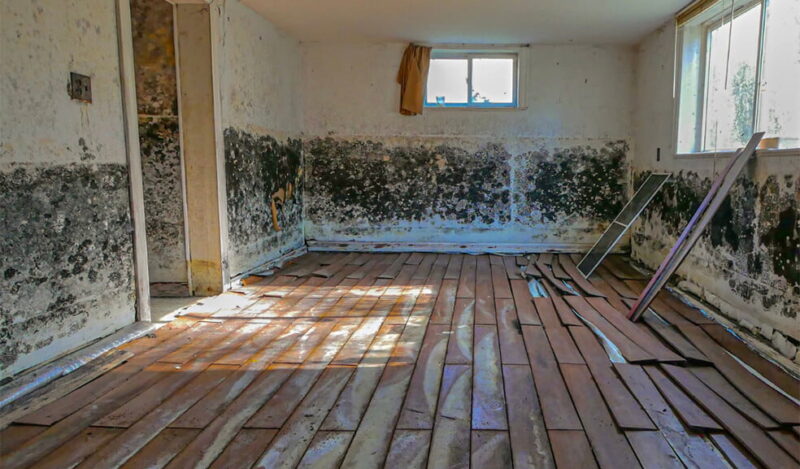In the quiet corners of our homes, beneath sinks and behind walls, an unseen menace often lurks: mold. This seemingly harmless fungus can spring to life with just a hint of moisture, thriving in damp environments and silently wreaking havoc on both our living spaces and our health.
Beyond the unsightly patches that mar our ceilings and walls, mold carries hidden risks that may go unnoticed until it’s too late. From respiratory issues to allergies, the implications can be severe for everyone—from the youngest family members to beloved pets.
But the good news is, understanding its risks and knowing how to prevent its growth can safeguard your home and family. In this article, we will delve into the concealed dangers of mold, unravel the factors that contribute to its proliferation, and share essential tips to keep your sanctuary safe and sound.
The Health Risks Associated with Mold Exposure

The health risks associated with mold exposure are not to be taken lightly. Breathing in spores can trigger a cascade of troubling symptoms, from mild irritations like sneezing and itchy eyes to more severe complications such as respiratory infections and exacerbated asthma.
Those with weakened immune systems or pre-existing conditions are particularly vulnerable, as mold can act as a silent aggressor, leading to chronic lung issues and even systemic reactions. Moreover, certain molds produce mycotoxins, which can have far-reaching effects on neurological health, potentially resulting in memory loss, cognitive decline, and mood disturbances.
Therefore, it’s crucial to remain vigilant about mold growth in your home, as the consequences of neglect can extend well beyond the surface.
Identifying Mold: Signs You Should Look For

Identifying mold in your home requires a keen eye and an awareness of the subtle signs that can often go unnoticed. First and foremost, musty odors wafting through rooms—persistent and unnerving—are a clear red flag.
Beyond smells, look for visible stains or discoloration on walls, ceilings, and even floors, often appearing in shades of green, black, or white. Humidity plays a role too; if you notice condensation on windows or an excessive dampness in the air, it’s time to investigate further.
Additionally, keep an eye out for water damage from leaks, as well as any peeling paint or wallpaper, which might suggest mold lurking beneath the surface. Remember, early detection can be the key to preventing a small problem from escalating into a serious, health-threatening issue.
Prevention Strategies: Keeping Your Home Mold-Free

To maintain a mold-free home, proactive strategies are essential. Start by controlling indoor humidity levels; aim for a balance between comfort and dryness, ideally keeping humidity below 50%.
Regularly inspect areas prone to dampness, such as basements, bathrooms, and under sinks, and address any leaks promptly. Ventilation plays a pivotal role; ensure your home is well-ventilated, utilizing exhaust fans during showers and cooking, and opening windows whenever possible to promote air circulation.
Additionally, consider using mold-resistant paints and materials, especially in moisture-heavy spaces, as a further protective layer. Don’t overlook the importance of a clean environment—frequent dusting and vacuuming can significantly minimize mold spores.
By taking these steps, you can create a barrier against mold, safeguarding your home and your health.
Conclusion
In conclusion, understanding the hidden risks of mold in your home is essential for maintaining a healthy living environment. Mold can lead to a variety of health issues, structural damage, and even financial burdens if left unchecked.
Regular inspections and prompt remediation are crucial steps in managing mold growth. Enlisting the help of a professional Mold Inspection Company can provide peace of mind, ensuring that your home remains safe and free from these potentially hazardous fungi. By taking proactive measures and staying vigilant, you can protect your home and your loved ones from the dangers of mold exposure.


